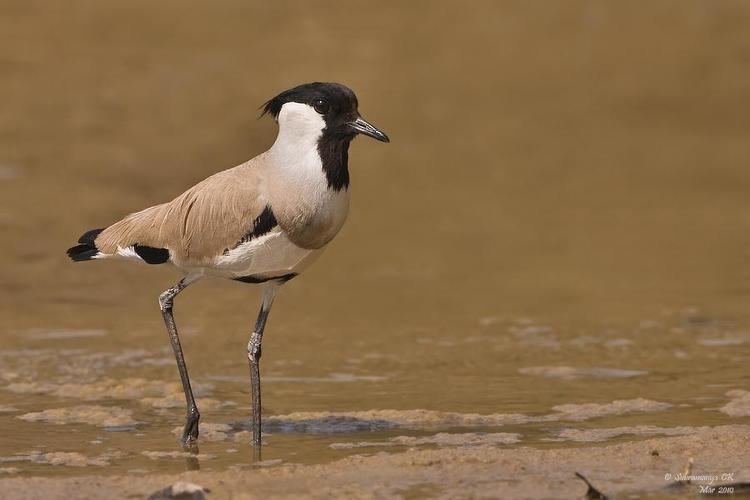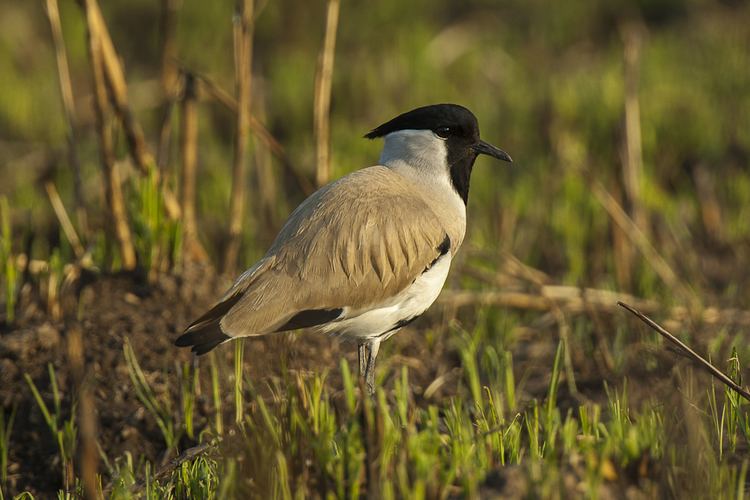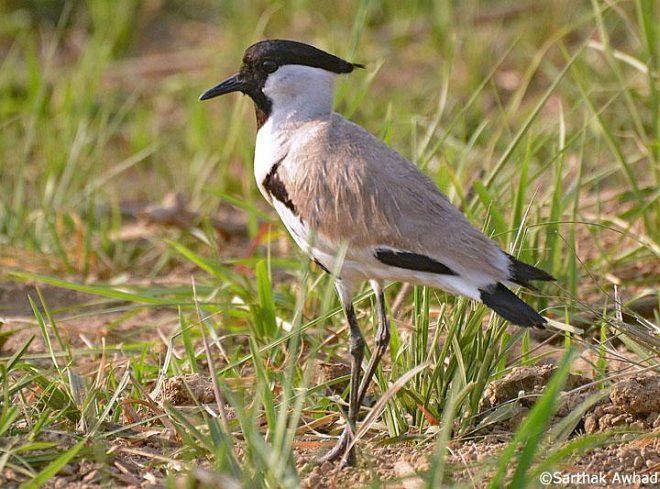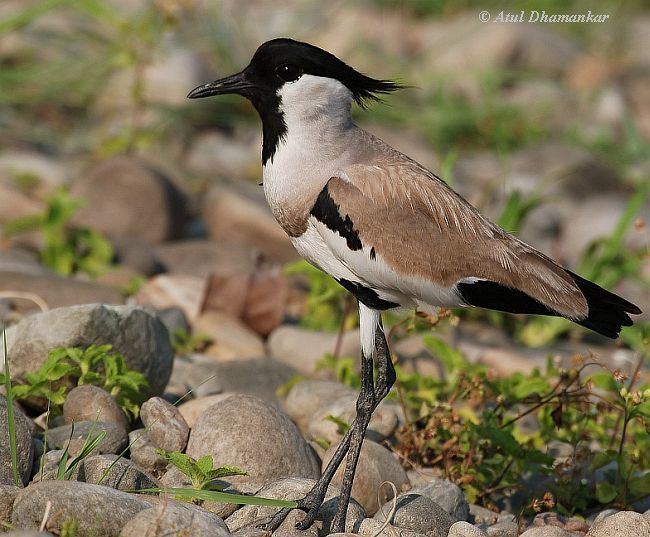Higher classification Vanellus | Phylum Chordata Scientific name Vanellus duvaucelii Rank Species | |
 | ||
Similar Bird, Vanellus, Yellow‑wattled lapwing, Red‑wattled lapwing, Small pratincole | ||
River lapwing bird at satpura in madhya pradesh
The river lapwing (Vanellus duvaucelii) is a lapwing species which breeds from the Indian Subcontinent eastwards to Southeast Asia. It range includes much of northern and northeastern India, stretching towards Myanmar, to Cambodia, Thailand and Vietnam. It appears to be entirely sedentary. Formerly also called spur-winged lapwing, this name is better reserved for one of the "spur-winged plovers" of old, Vanellus spinosus of Africa, whose scientific name it literally translates. The masked lapwing of Australasia was at one time also called "spur-winged plover", completing the name confusion - particularly as none of these is a plover in the strict sense.
Contents
- River lapwing bird at satpura in madhya pradesh
- River lapwing bird grooming its feathers
- Description
- Behaviour
- References

This species resembles the closely related spur-winged lapwing of Africa, and has sometimes been considered conspecific. The species name commemorates Alfred Duvaucel.

River lapwing bird grooming its feathers
Description

The river lapwing is 29–32 cm long. It has a black crest, crown, face and central throat and grey-white neck sides and nape. It has a grey-brown breast band and white underparts with a black belly patch. The back is brown, the rump is white and the tail is black. This is a striking species in flight, with black primaries, white under wings and upper wing secondaries, and brown upper wing coverts.

Adults of both sexes are similarly plumaged, but males are slightly larger than females. Young birds have the brown tips to the black head feathers, a sandier brown back, and pale fringes to the upperpart and wing covert feathers. The call of the river lapwing is a sharp tip-tip or did-did-did.
Behaviour
The breeding display, given on the ground, includes stooping, spinning, stretching and crest-raising.
The river lapwing nests on shingle and sand banks from March to June. It lays two eggs on a ground scrape. It feeds on insects, worms crustaceans and molluscs in nearby wet grassland and farmland. It is not gregarious.
